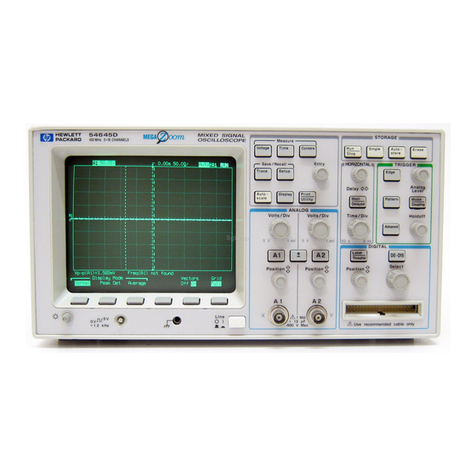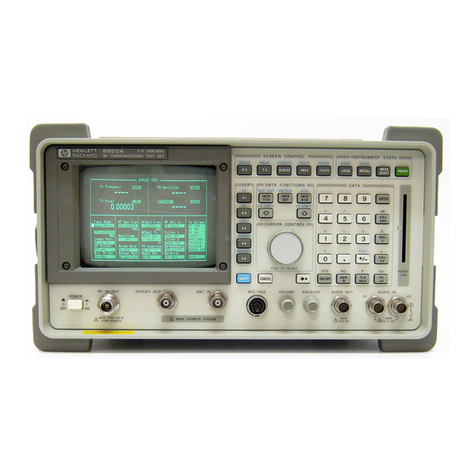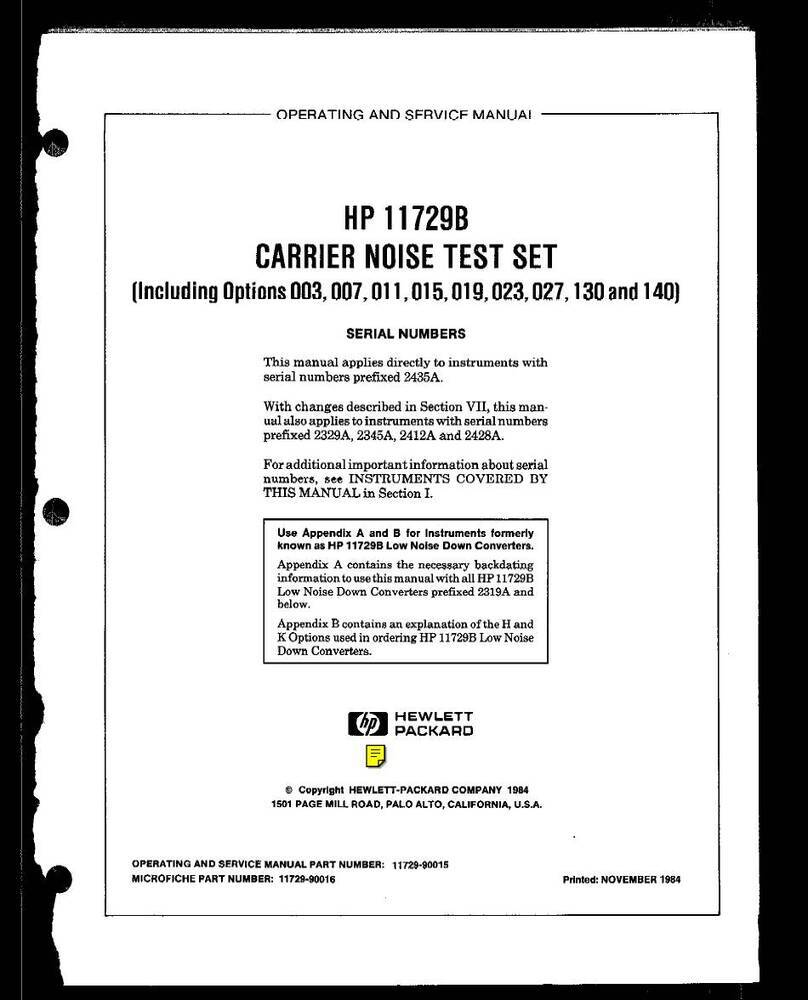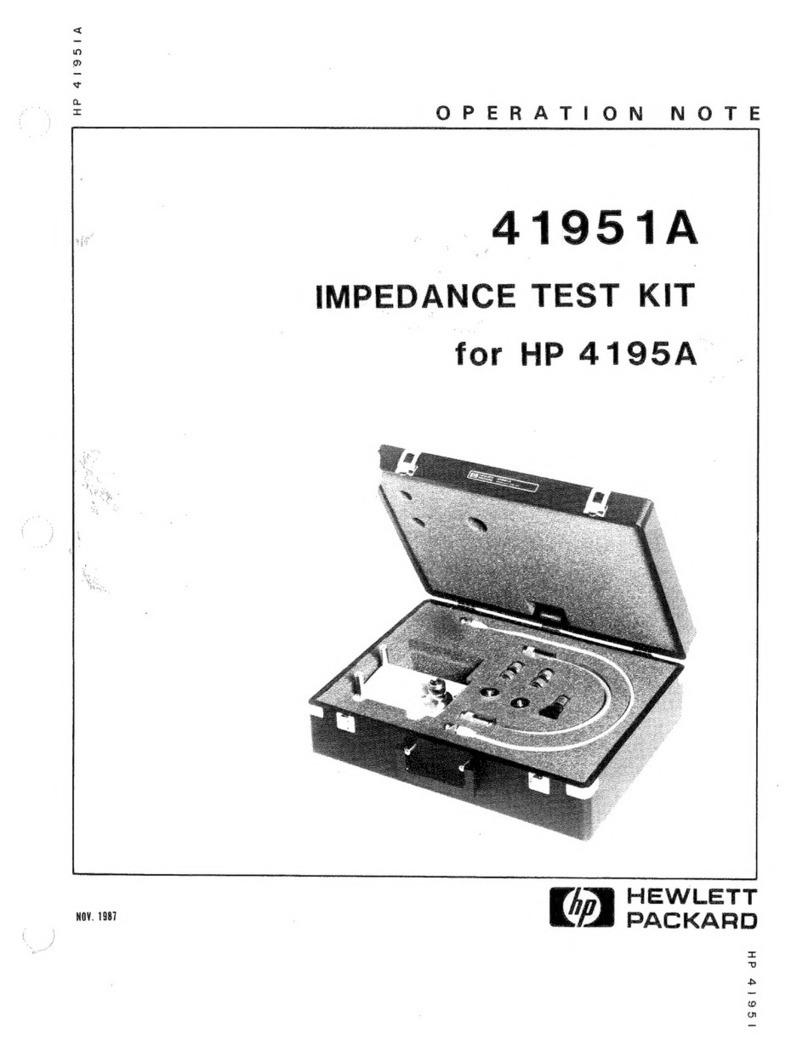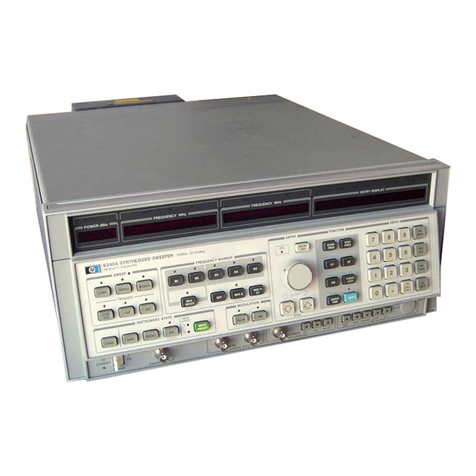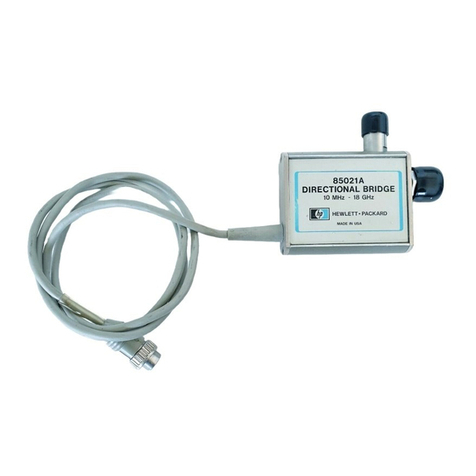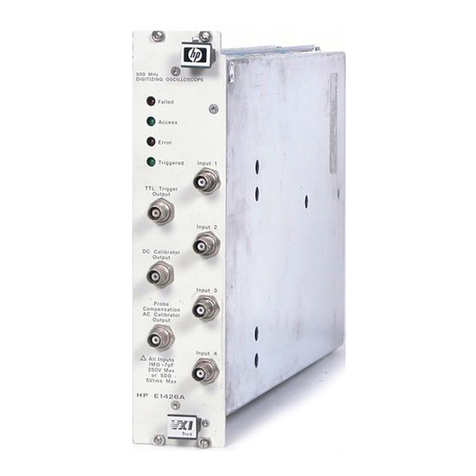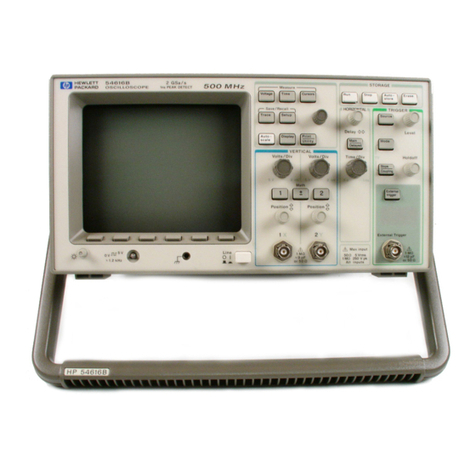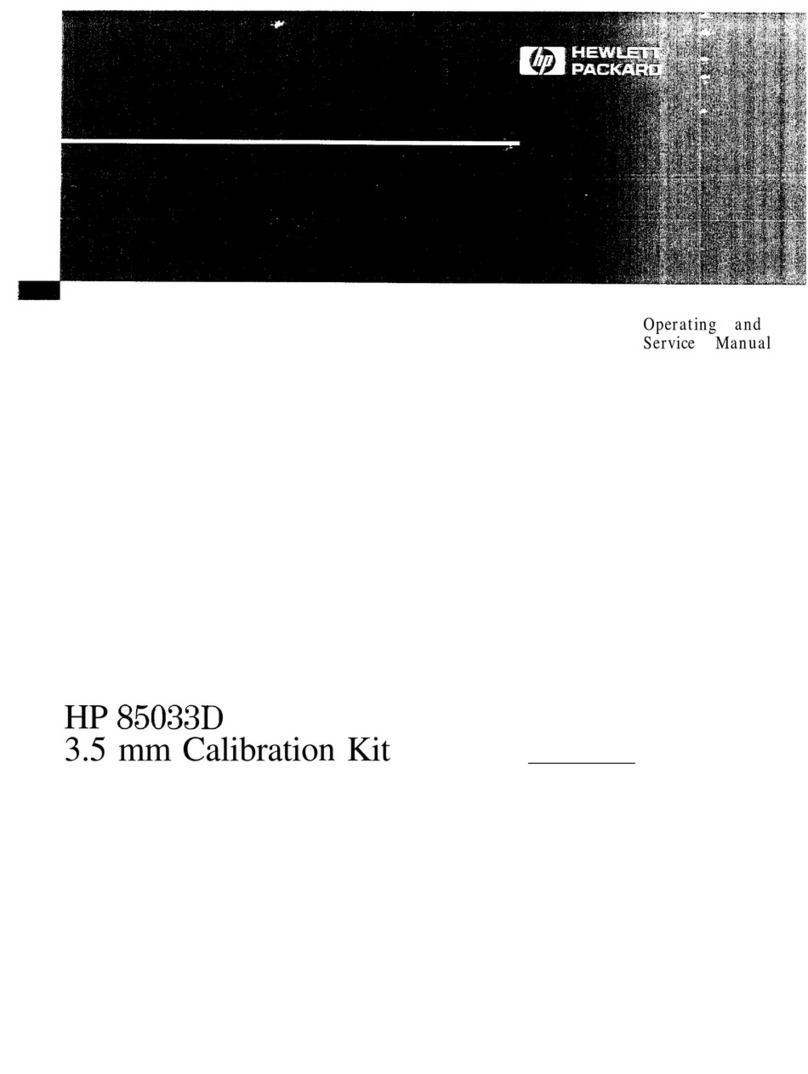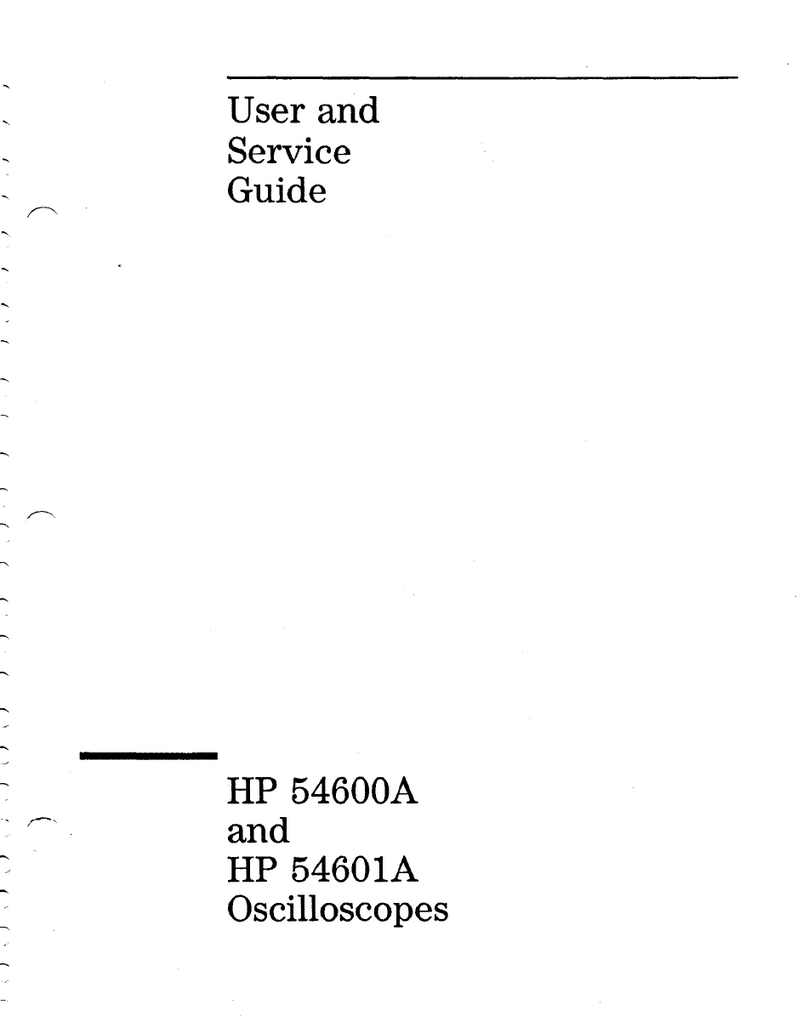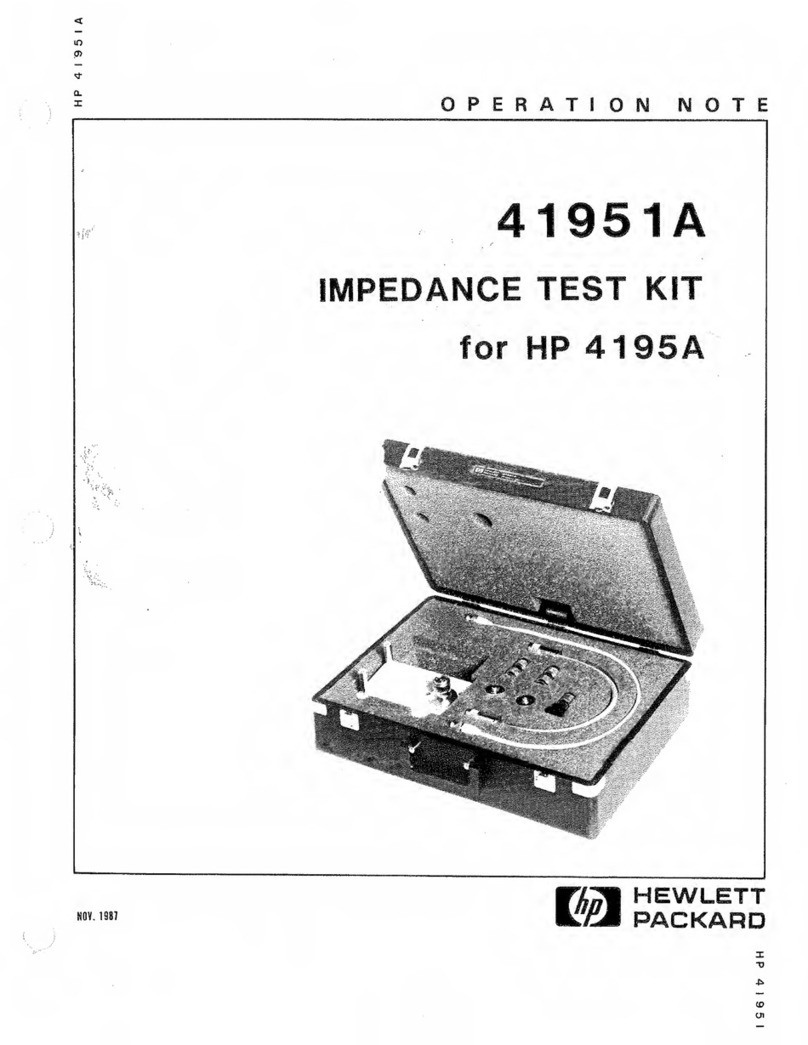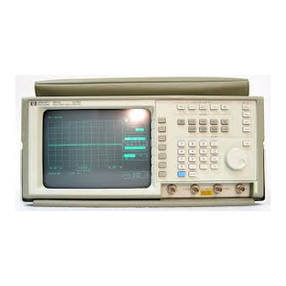
iii
Software License
The following License Terms
govern your use of the accom-
panying Software unless you
have a separate signed agree-
ment with HP.
License Grant. HP grants you
a license to Use one copy of
the Software. “Use” means
storing, loading, installing,
executing or displaying the
Software. You may not modify
the Software or disable any
licensing or control features of
the Software. If the Software
is licensed for “concurrent
use,” you may not allow more
than the maximum number of
authorized users to Use the
Software concurrently.
Ownership. The Software is
owned and copyrighted by HP
or its third party suppliers.
Your license confers no title
to, or ownership in, the Soft-
ware and is not a sale of any
rights in the Software. HP’s
third party suppliers may pro-
tect their rights in the event of
any violation of these License
Term s.
Copies and Adaptations. You
may only make copies or
adaptations of the Software
for archival purposes or when
copying or adaptation is an
essential step in the autho-
rized Use of the Software. You
must reproduce all copyright
notices in the original Soft-
ware on all copies or adapta-
tions. You may not copy the
Software onto any public net-
work.
No Disassembly or Decryp-
tion. You may not disassemble
or decompile the Software
unless HP’s prior written con-
sent is obtained. In some juris-
dictions, HP’s consent may not
be required for limited disas-
sembly or decompilation.
Upon request, you will provide
HP with reasonably detailed
information regarding any dis-
assembly or decompilation.
You may not decrypt the Soft-
ware unless decryption is a
necessary part of the opera-
tion of the Software.
Transfer. Your license will
automatically terminate upon
any transfer of the Software.
Upon transfer, you must
deliver the Software, including
any copies and related docu-
mentation, to the transferee.
The transferee must accept
these License Terms as a con-
dition of the transfer.
Termination. HP may termi-
nate your license upon notice
for failure to comply with any
of these License Terms. Upon
termination, you must imme-
diately destroy the Software,
together with all copies, adap-
tations and merged portions in
any form.
Export Requirements. You
may not export or re-export
the Software or any copies or
adaptation in violation of any
applicable laws or regulations.
U.S. Government Restricted
Rights. The Software and Doc-
umentation have been devel-
oped entirely at private
expense. They are delivered
and licensed as “commercial
computer software” as defined
in DFARS 252.227-7013 (Oct
1988), DFARS 252.211-7015
(May 1991) or DFARS
252.227-7014 (Jun 1995), as a
“commercial item” as defined
in FAR 2.101(a), or as
“Restricted computer soft-
ware” as defined in FAR
52.227-19 (Jun 1987) (or any
equivalent agency regulation
or contract clause), whichever
is applicable. You have those
rights provided for such Soft-
ware and Documentation by
the applicable FAR or DFARS
clause or the HP standard
software agreement for the
product involved.
Limited Software Warranty
Software. Hewlett-Packard
warrants for a period of one
year from the date of pur-
chase that the software prod-
uct will execute its
programming instructions
when properly installed on the
instrument indicated on this
package. Hewlett-Packard
does not warrant that the
operation of the software will
be uninterrupted or error free.
In the event that this software
product fails to execute its
programming instructions
during the warranty period,
Customer’s remedy shall be to
return the media to Hewlett-
Packard for replacement.
Should Hewlett-Packard be
unable to replace the media
within a reasonable amount of
time, Customer’s alternate
remedy shall be a refund of
the purchase price upon
return of the product and all
copies.
Media. Hewlett-Packard war-
rants the media upon which
this product is recorded to be
free from defects in materials
and workmanship under nor-
mal use for a period of one
year from the date of pur-
chase. In the event any media
prove to be defective during
the warranty period, Cus-
tomer’s remedy shall be to
return the media to Hewlett-
Packard for replacement.
Should Hewlett-Packard be
unable to replace the media
within a reasonable amount of
time, Customer’s alternate
remedy shall be a refund of
the purchase price upon
return of the product and all
copies.
Notice of Warranty Claims.
Customer must notify
Hewlett-Packard in writing of
any warranty claim not later
than thirty (30) days after the
expiration of the warranty
period.
Limitation of Warranty.
Hewlett-Packard makes no
other express warranty,
whether written or oral, with
respect to this product. Any
implied warranty of merchant-
ability or fitness is limited to
the one year duration of this
written warranty.
This warranty gives specific
legal rights, and Customer
may also have other rights
which vary from state to state,
or province to province.
Exclusive Remedies. The rem-
edies provided above are Cus-
tomer’s sole and exclusive
remedies. In no event shall
Hewlett-Packard be liable for
any direct, indirect, special,
incidental, or consequential
damages (including lost
profit) whether based on war-
ranty, contract, tort, or any
other legal theory.
Warranty Service. Warranty
service may be obtained from
the nearest Hewlett-Packard
sales office or other location
indicated in the owner’s man-
ual or service booklet.














